When I start working with a new client, I already know their main objective, but I always like to know what their specific concerns are. Most of them mention they want to create automations.
It is interesting to me that some people view automations as a way to solve problems, instead of simply using them as another tool. I am not opposed to its use, but a well-thought-out Kanban board with a thoughtful approach is all that is needed most of the time.
And it just happened again. When I asked today’s client if he was still interested in creating automations, he said no.
The Obsidian Minimal theme looks great on the Penstar. But that’s not all I’m showing in today’s video. Did you know that each device you sync with the same vault can have different settings?
It’s November 4th, and I published four videos. Based on the numbers, it appears that my December challenge is doing well. The problem is the current production pace. Each video is taking me a long time to finish. But I’m not giving up so easily.
The Penstar eNote is extremely thin, the screen resolution is impressive, and it feels as if I’m writing on paper. I’d say it might even be too realistic. But there’s more. It blew my mind when I could install Android apps by just clicking on the APK.
I installed both Syncthing and Obsidian on the Penstar eNote and my notes are now synchronizing 🤯 (for now, only on my tests account). You’ll see it in the second part of today’s video. The first part is a quick demonstration of some of the device’s features.
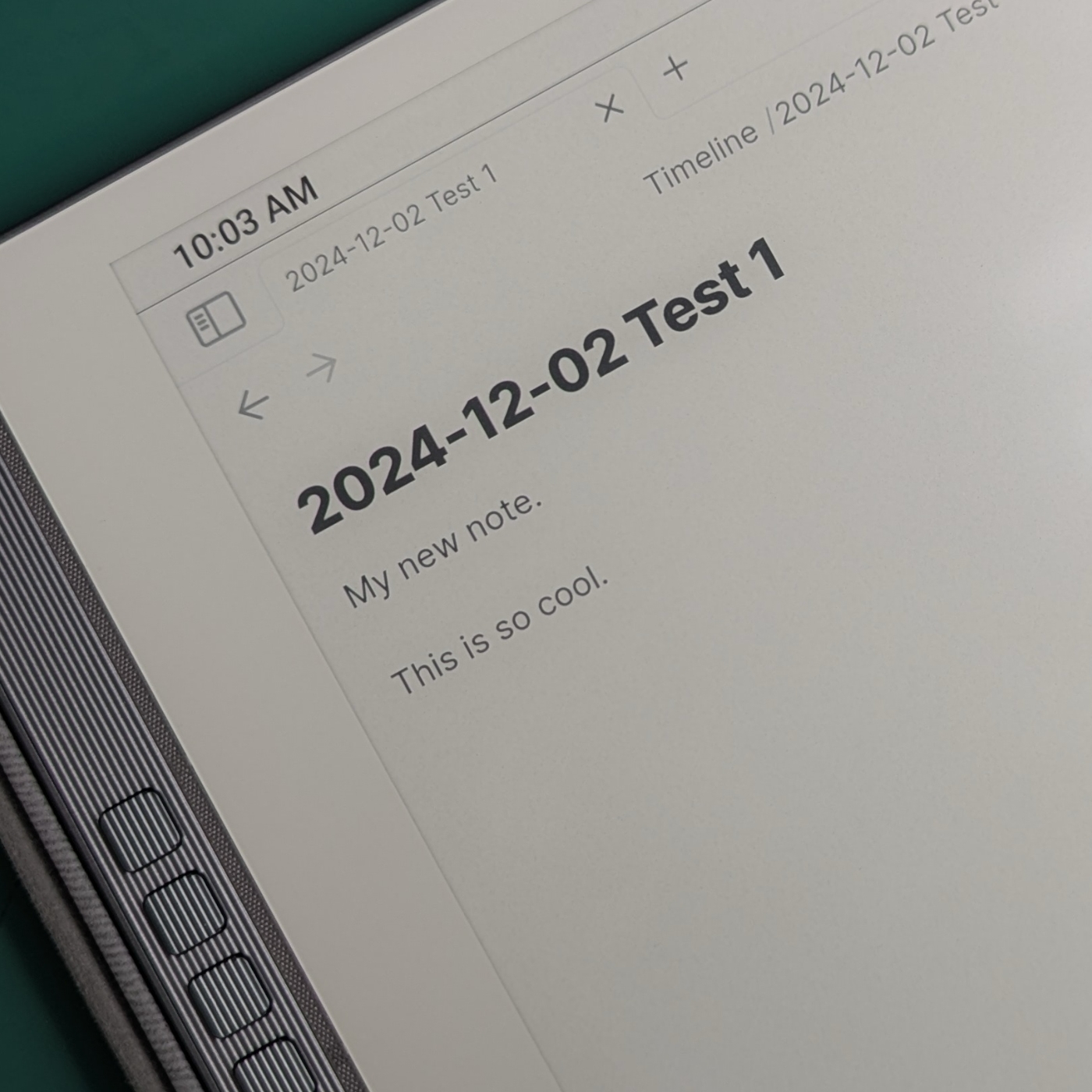
I added the Gemini Flash API, but keep getting the “Missing Authentication header or invalid API key” message when I try to use the new Obsidian Interpreter. As a non-developer, I have no idea what an “Authentication header” is, so I’m switching to another project to refresh my mind.
Tomorrow is December 1st, and I haven’t turned on the heater or lit the fireplace yet. Additionally, I have the living room windows fully open right now (8pm). Portugal has better weather than most of Europe, but this is not normal for this time of the year. And no, I am not complaining 😊
People will naturally gravitate towards something that makes them feel good. There is no need to lock me in with an algorithm or by throttling posts with links. Bluesky, thank you for constantly reinforcing my feeling of wanting to return by not controlling what I see.
I 💙 Chronology
Some people think that if you make your hobby your work, it will not be fun anymore. I respectfully disagree. The issue, at least in my case, is that the hobby, the fun, rarely makes money.
I was reorganizing things in my office and found this stand I built for my wife many years ago. It happened a long time ago, but I still remember it as if it were today.
As we were rearranging her desk, she said she would love to have “normal” access to the ports and power button. ‘This is how it should be,’ she said, while putting it vertically on the desk.
I pulled out some leftover pieces of wood and put this together. It is not shown in the pictures, but the space between the feet was measured to accommodate the external hard drive below the computer.
There was no sophisticated measuring, perfect sending, Danish oil, or anything like that. The whole thing was built on the fly, with the Mini itself being used to figure out all the measurements. And yes, you should imagine it with all the cables hanging. But, remember, the point was easy access to the ports and power button. She loved my solution.
🤫 Please, please, don’t tell her about the new Mini power button.
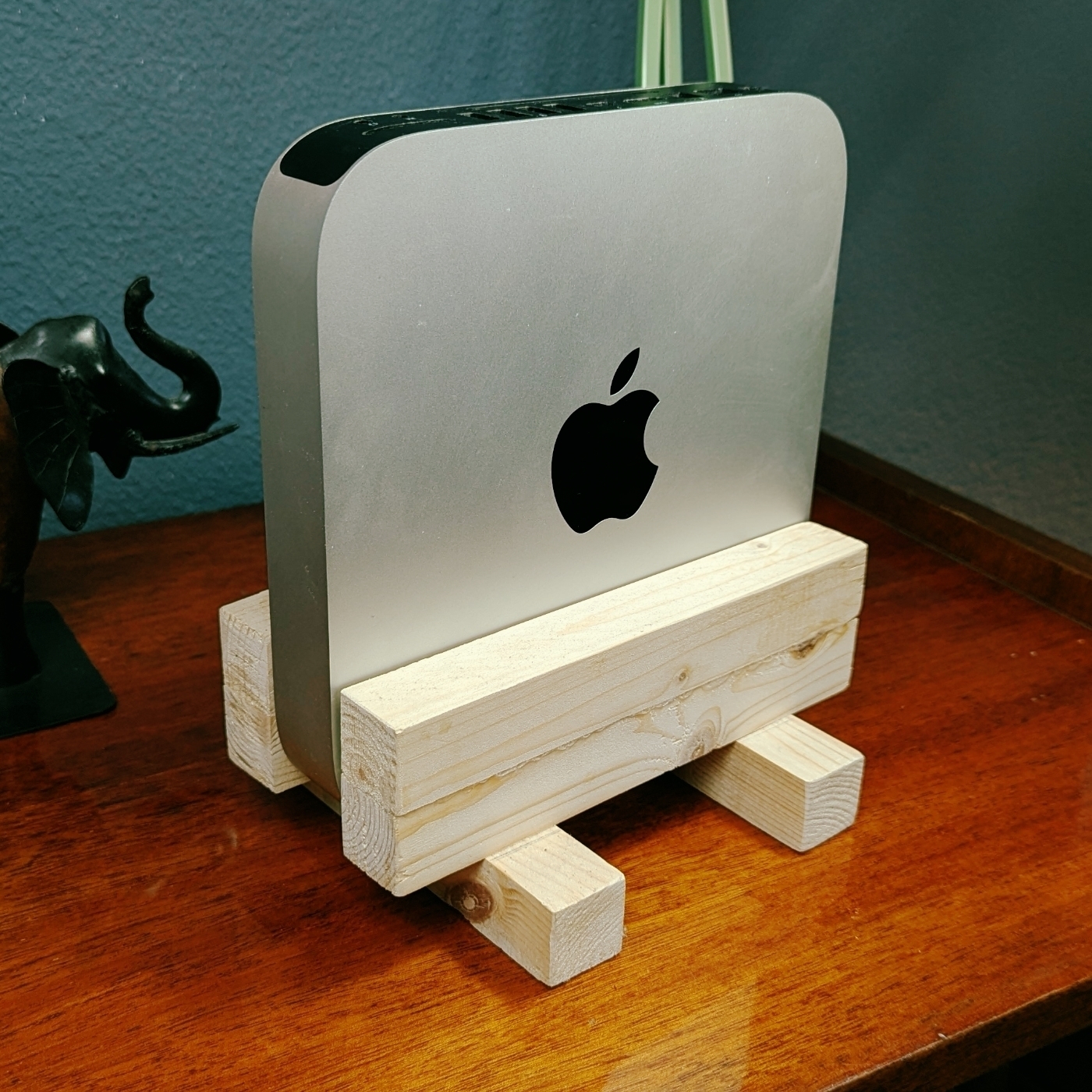
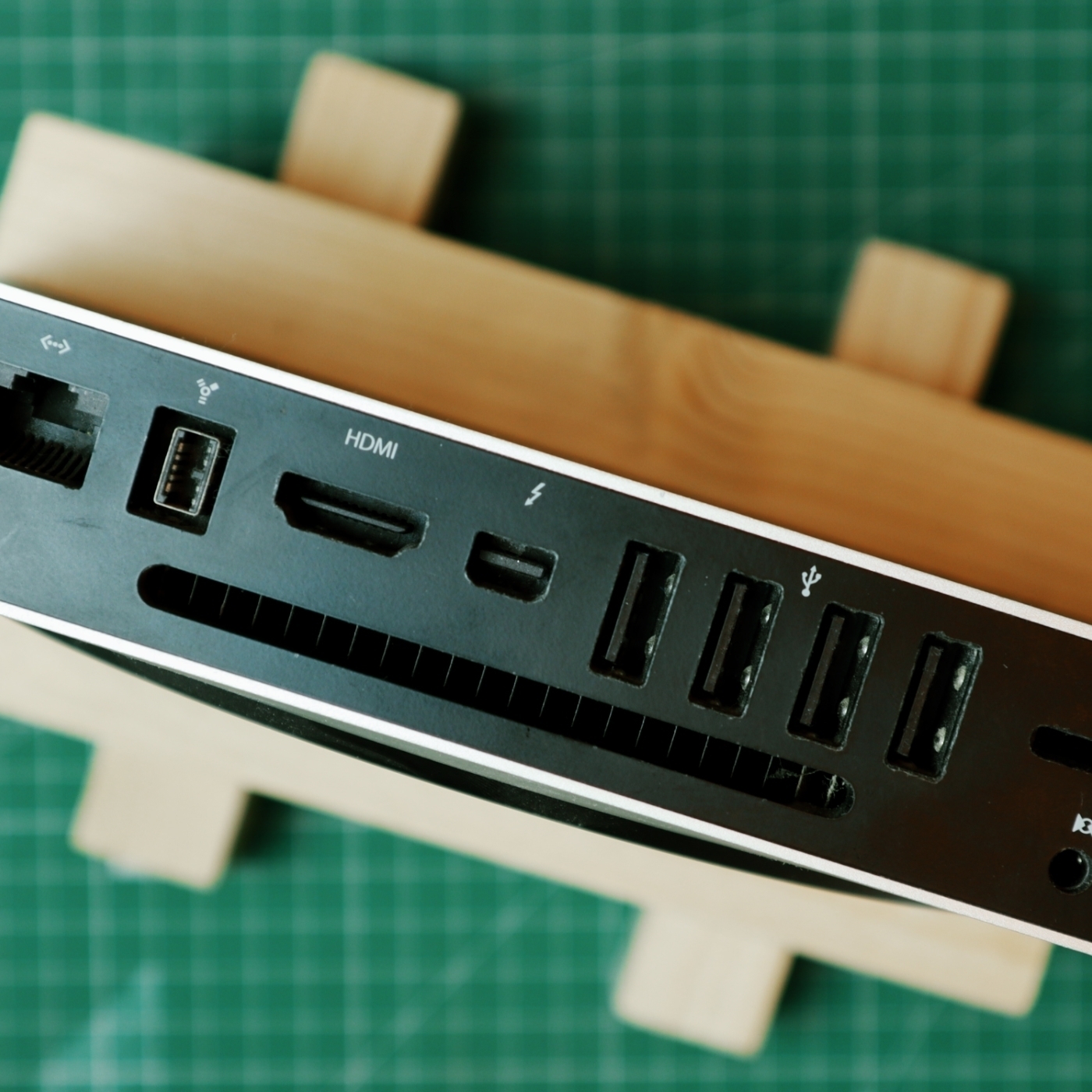
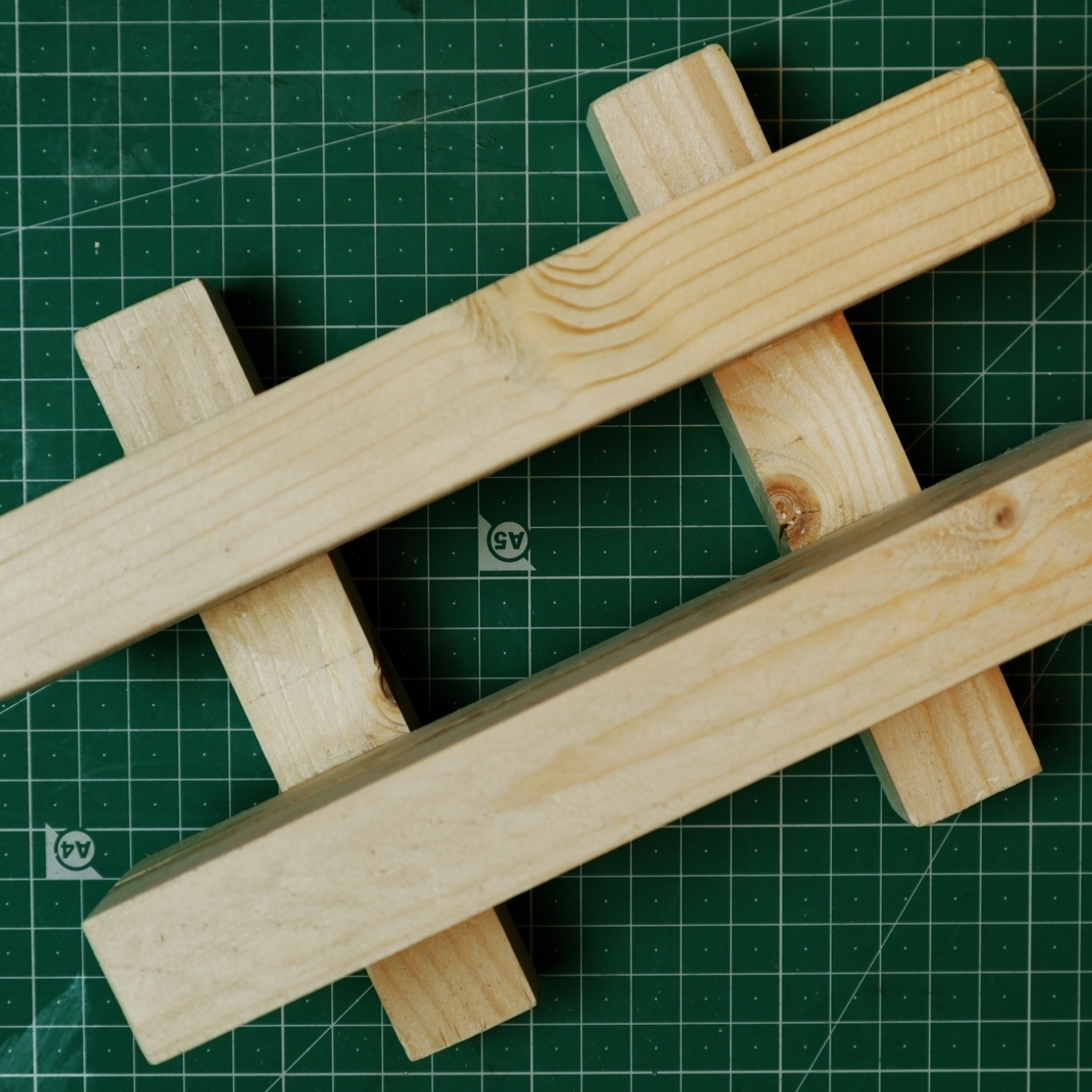

I’ve been keeping the original Final Cut files of all of my YouTube videos, and I do occasionally need and use them for future projects. However, storage for this is starting to become a little too expensive, and I came up with an idea.
Keep the originals for a few months, then delete them and only archive the final video and thumbnail. The question I’ve been asking myself for the last couple of days is: how many months is a few months? Three? Six? One year?
If everyone who owns a domain name were to verify it as their Bluesky user, it would be much easier to tell which account is real and which is not. I’m confused as to why, especially corporations, organizations, etc., don’t do it from day zero. It’s so quick to do, and it makes all the difference.
I’ve been using the Penstar for a few days now, but it offers so many features that I decided to produce multiple videos, starting with an overview and my first impressions. If you have questions, please let me know below, and I’ll answer them in the video.
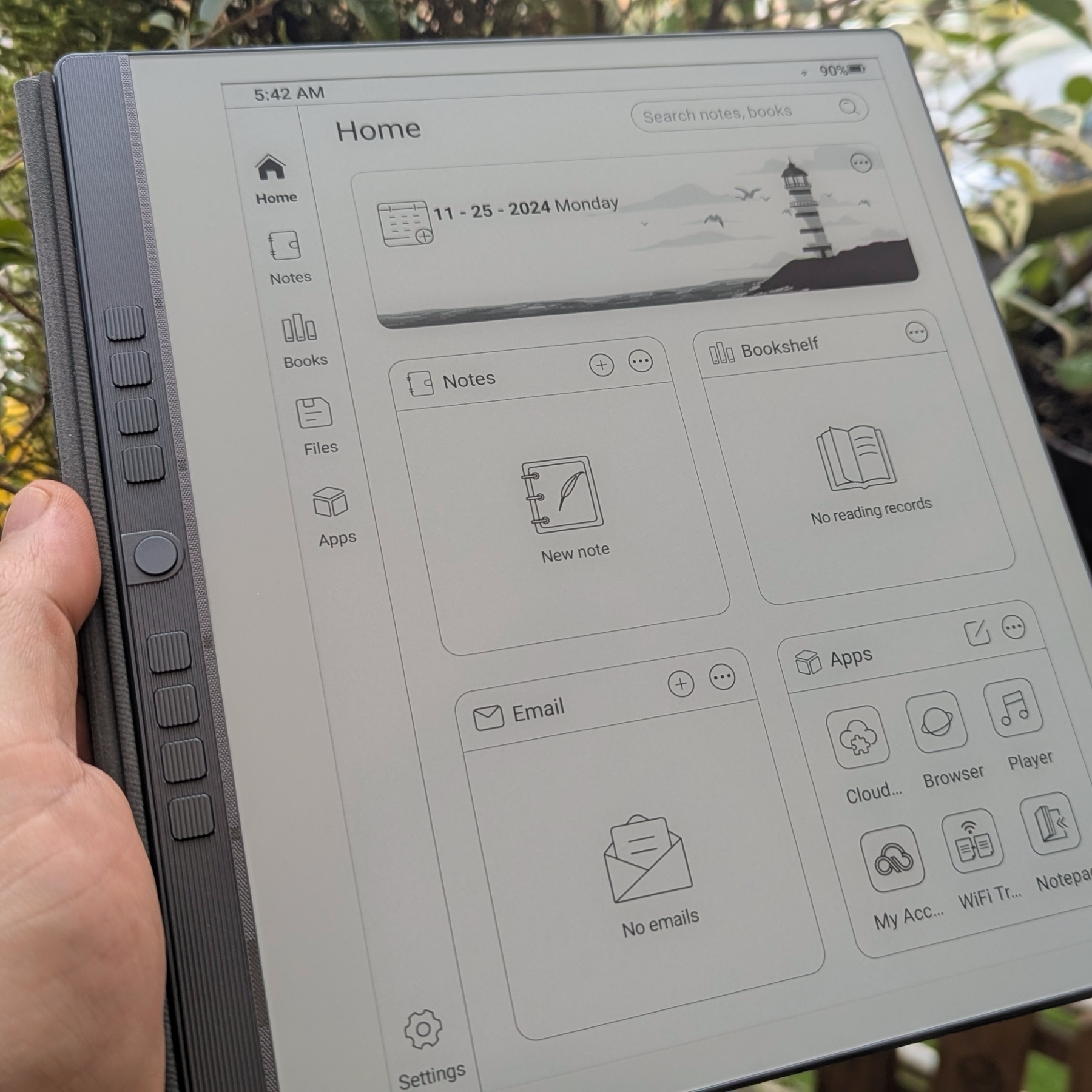
Don’t laugh at me, but I didn’t realize I could go to an open-source project at GitHub and add suggestions or ask for new features. I assumed that only developers could do this, and as a user, I was limited to reporting bugs. Thank you, Ivo, for explaining it to me.
Because of my YouTube channel, I’m constantly trying new software, plugins, etc., and almost always have ideas to share. This new superpower, which I didn’t know I had, changes everything. I’m so happy.
At times, the smallest of things can bring us the greatest joy. The Obsidian Web Clipper is great, but the fact that we can set it to always show highlighted text when we return to a webpage is such a nice touch. I 💜 it!
Today, I woke up to a milestone message sent by YouTube. It took me a while to do what big channels do in a day or a single video, but it means a lot to me. You guys are absolutely outstanding. Thank you for being there and helping me grow my channel.
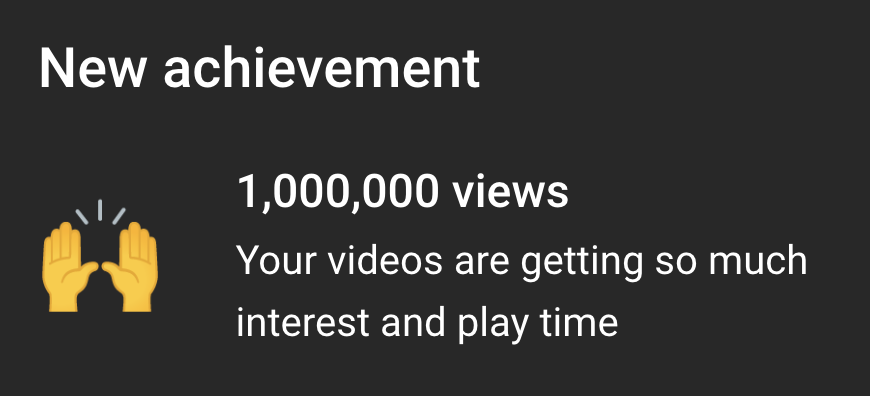
Many years ago, long before the current Twitter drama, the company introduced an algorithmic feed. We were told that it was optional, but in reality, the app kept pushing us out of the chronological timeline. I remember hating that decision and implementation so much, and in hindsight, that was probably when my love for Twitter started fading away.
Threads’s approach is an even worse version of what Twitter started back then. That’s why I never liked it. Mastodon was my choice, as it had a chronological feed, but also because of the many cool things the ActivityPub protocol can enable.
Then came Bluesky. Why they didn’t choose to collaborate on the ActivityPub protocol instead of creating yet another one is beyond my comprehension. The good news is that the ATProto is also decentralized, at least as far as I can technically understand. But there’s more.
For some reason that I also don’t comprehend, people, institutions, and companies are recently choosing it as their new home. I know what triggered the move, but I’m not sure why Bluesky was the choice of so many people at the same time. Anyway, as I previously mentioned, that means that nearly half the users I was following on Twitter are now on Bluesky.
All the above means that I’m back to a feed that I absolutely enjoy. As you know, I’m a Timeline person. But I’m not only following posts happening in real time (a.k.a. in the correct order); I’m now interacting with others in a way I was missing without knowing.
By the way, I just created a Started Pack of some of the hardware and software I have in my Toolbox that have already joined Bluesky. If you don’t know what a Starter Pack is, please watch the video below.
There are a lot of configuration options in the new Obsidian Web Clipper. And I love it! For example, I set it to create the clipped note with the properties I always use. But there are many other options, such as choosing between creating a new note or adding to a specific position in an existing note. Anyway, it’s going to take me some time to test everything and then make a video about it.
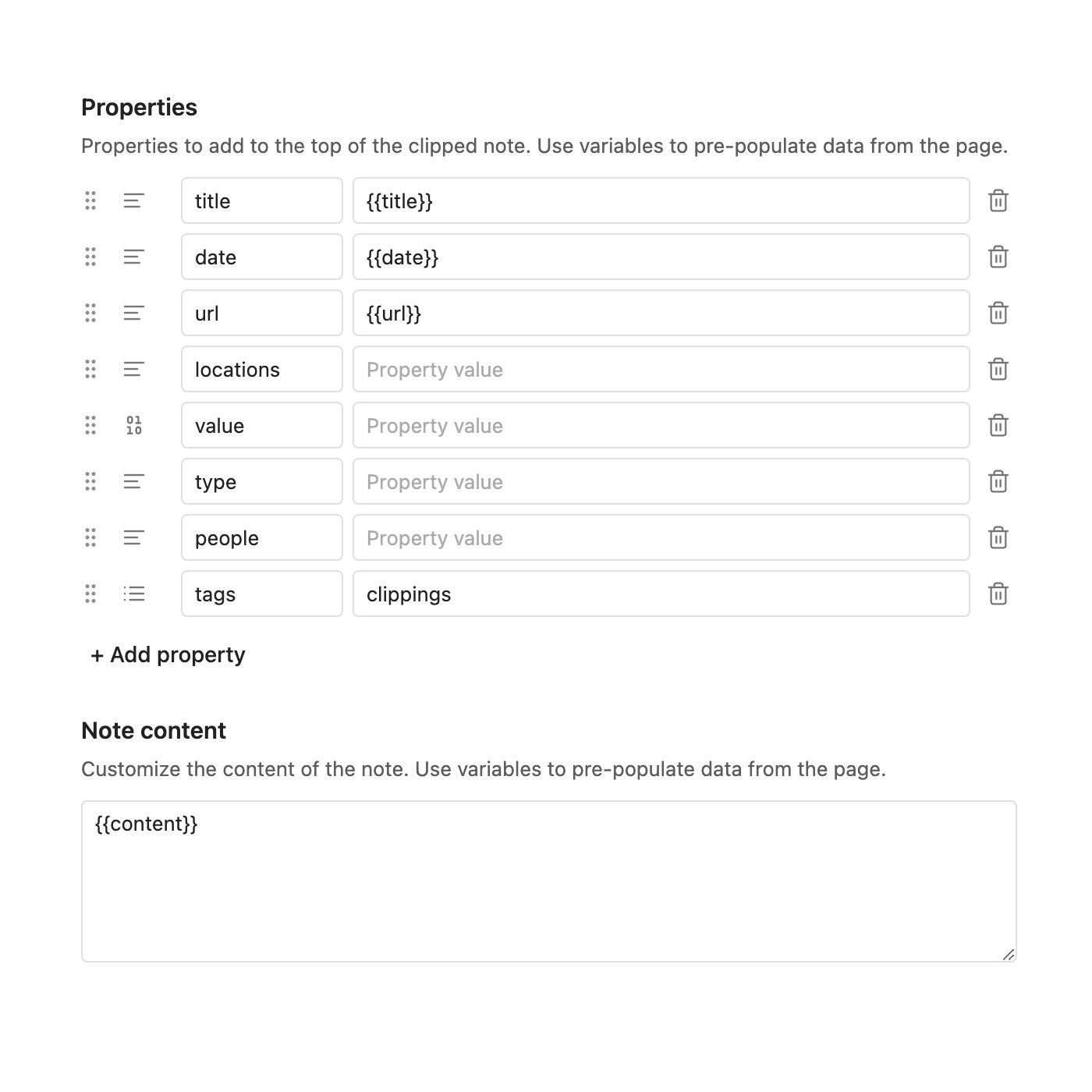
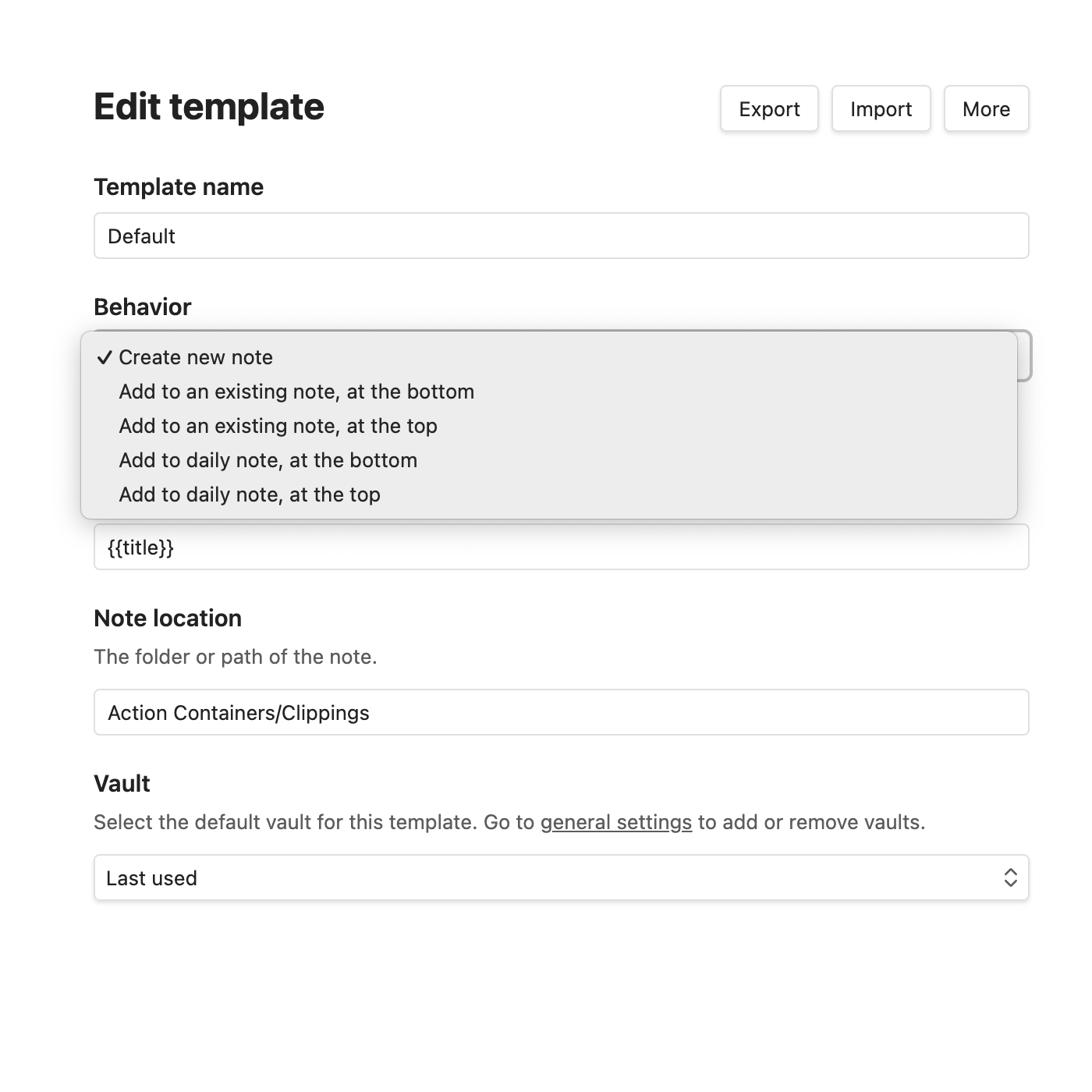
I'm still perplexed as to why so many users are choosing Bluesky.
Please don’t get me wrong, I love that people are finally moving away from Twitter, and I do like Bluesky. However, I am still perplexed as to why so many users are choosing it at the same time. As I write this, Bluesky is about to reach 20,000,000 users, which in my case translates to nearly half the people I was following on Twitter. When I started using Mastodon, the number was considerably lower.
Speaking of which, I think Mastodon would be a better place for companies, news outlets, and institutions to be because of how servers work there, but perhaps Bluesky’s approach was a better one. Since there is currently only one server to choose from, it may be easier for people to understand it.
As for Threads, I don’t like the fact that they are constantly pushing the “For You” feed and are taking so long to properly join the Fediverse. It’s also important to keep in mind that it’s a Meta product.
I’ll still post on my blog first and from there automatically share on social media, but it’s great to see so much enthusiasm and so many people joining a decentralized platform.
Finally, if you are new to Bluesky, the video below will help you learn how verification works on the platform. Even if you are not planning to verify your account, I believe it’s important to know if you are actually following the real person or institution.
